Scent of success for Contexa’s liquid dosing robots
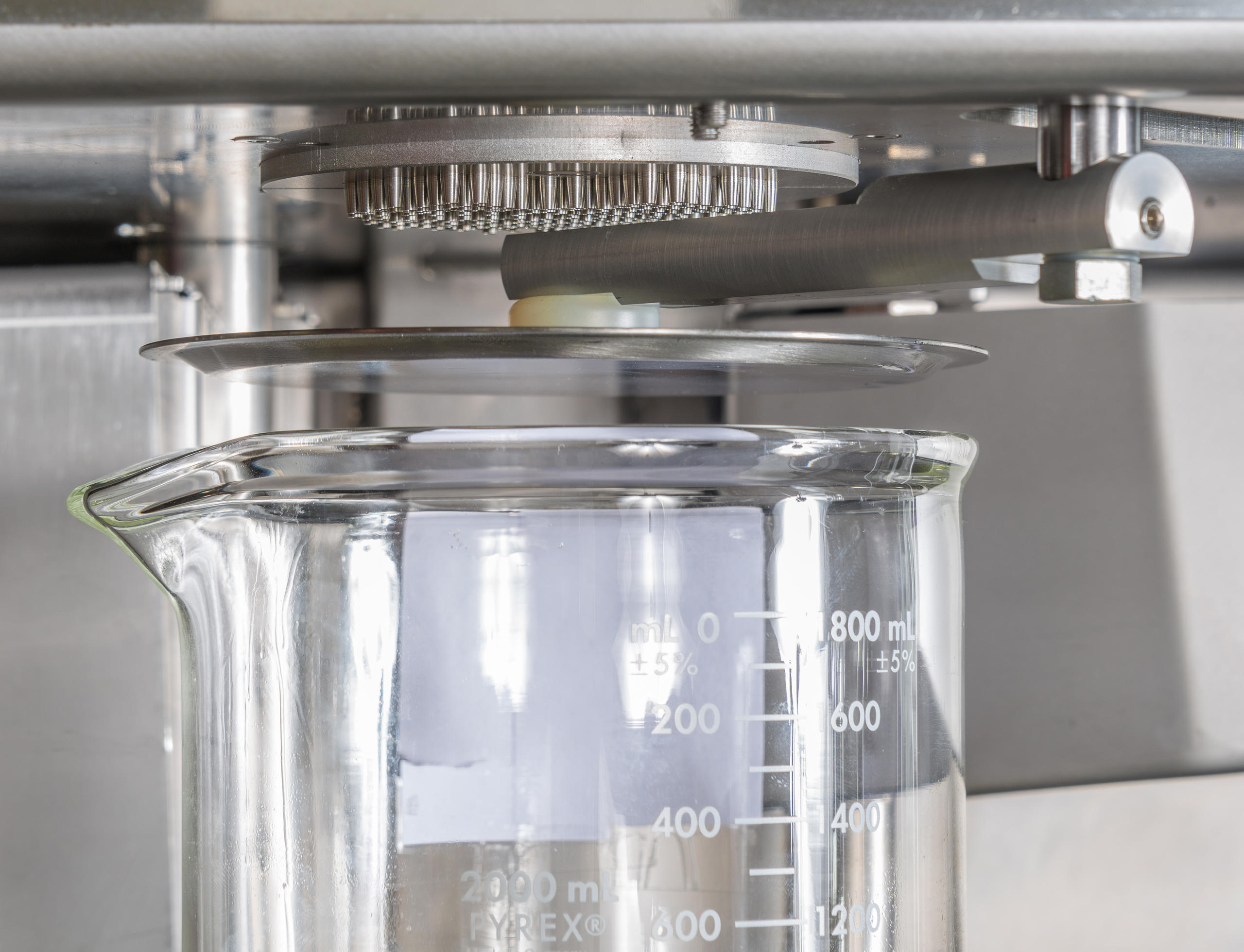
Home to two of the world’s largest manufacturers of flavours and fragrances, Geneva has also developed a vibrant ecosystem of innovative SME servicing them: one such company is Contexa, world leader in automated liquid dosage machines.
Located in Lignons, in the shadow of Europe’s longest row of buildings at more than a kilometre in length, is the Contexa External linkheadquarters: a small, faded pale pink two-story building. Here in a maze of offices, some thirty employees work on research, quality control and after-sales service.
The warehouse where the company’s high-tech machines are assembled, however, is practically deserted.
“We have just delivered our last three dosing robots to clients in Europe and Asia,” comments Daniel Schupbach, founder and head of Contexa since 1999.
Despite their high price – between CHF500,000 and CHF3 million each – the machines made by the Geneva business, which are named after animals such as Cobra, Fox and Colibri, are increasingly in demand from manufacturers of fragrances and flavours around the world.
“We are active in a niche market and the quasi-totality of our production is exported. Our sales growth is particularly strong in Asia,” says Schupbach.
The Silicon Valley of scent
Born during the 1890s, the Swiss fragrance industry remains a leader in the production of flavours and essences – both natural and synthetic – destined for global export.
The two biggest multinationals in the industry, Givaudan External linkand FirmenichExternal link, are based in canton Geneva where they benefit from a qualified workforce, specialised centres of research and privileged access to their principal clients, namely manufacturers of beauty, personal care, cleaning, drinks and even pharmaceutical products.
In their wake are more than 400 companies active the flavours and fragrance sector in the “Silicon Valley of perfumes” which extends to neighbouring departments in France or Valais. More than 10,000 jobs are directly linked to the industry.
From weight to volume
A former project engineer at Firmenich, one of the world’s largest flavour and fragrances companies also based in Geneva, Schupbach developed an idea which transformed the manner of dosing liquids in the production of fragrances and industrial food flavours.
“To create a fragrance or flavour, you need to mix between 30 and 50 ingredients on a pallet of around 1,500 available raw materials. Until now, this work was carried out by a preparer, someone who individually weighed each separate ingredient. We developed a volumetric system based on independent and autonomous syringes that enable simultaneous dosing and injection of these products into the final tank,” explains Schupbach.
The benefit is both a significant reduction in the time it takes – three minutes instead of an hour – and increased precision down to a few milligrams – like a drop of water – for volumes that range from several hundred kilograms on the same machine.
“These are very innovative machines that enable us to make important productivity gains while still ensuring an excellent quality of production,” says John Vernieri, head of global operations at Givaudan, the world’s largest producer of fragrances and flavours. Also based in Geneva, the company has already purchased a dozen Contexa robots for its factories in Europe, North America and Asia.
“Thanks to these type of robots, we test and elaborate olfactive components that we find in numerous products found in daily life: perfumes, eau de toilette, and household cleaning products,” says Vernieri.
Government support
The development of Contexa’s innovative machines was made possible through a scientific partnership between the School of Management and Engineering Vaud and the support of the Federal Commission for Technology and Innovation (renamed InnoSuisse from January 1, 2018) which aims to encourage the transfer of knowledge and technology between educational institutions and industry.
“The pooling of these forces was essential to the development of our first prototype,” comments Schupbach. “As an SME, we didn’t have either the financial means or the base knowledge necessary to deliver the project in an autonomous manner.” The team effort enabled the company to win several awards, including the Geneva Canton innovation prize in 2013.
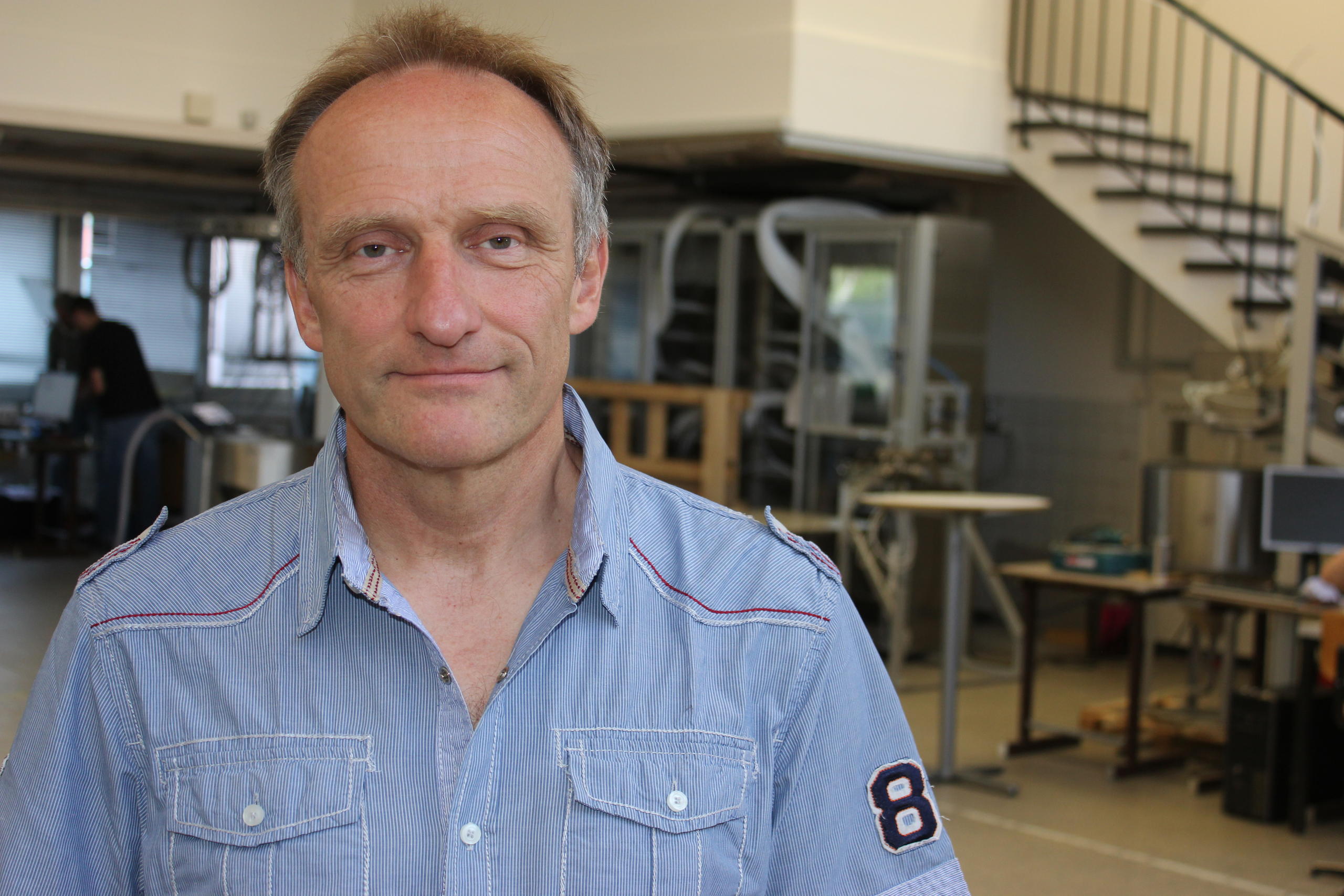
However, although he applauds the efforts made by the government in terms of innovation, Schupbach laments what he describes as a lack of support during the industrialisation phase of the project, the point at which financial constraints often force Swiss entrepreneurs to sell to foreign investors.
“It’s regrettable because we let both profits and workplaces move outside our borders,” says Schupbach.
Difficult monetary context
Schupbach is thankful that despite the difficulties the company has faced, he has thus far been able to reject external acquisition offers and Contexa remains 100% family-owned.
However business has not been all smooth sailing in recent times. The decision in 2015 by the Swiss National Bank (SNB) to remove the euro peg on the Swiss franc hit the company hard. Although the situation has recently improved with the rise in the euro, a series of layoffs, increased work hours without equivalent compensation and a drastic cost reduction plan have left their mark on the company.
“We have been forced to rationalise to the maximum, to only keep the positions of the highest added value. We have stopped producing the detached parts used in our robots, to concentrate only on the final assembly,” says Schupbach.
Cross-border workforce
Despite the difficulties, the founder of Contexa has never seriously considered moving his business abroad. In Geneva, he benefits both from the flexibility of the Swiss labour market and an enormous pool of cross-border workers. Nearly one-third of Contexa employees commute everyday from France.
“We can’t find sufficient qualified workers in Switzerland,” says Schupbach, adding that French workers are also more flexible than their Swiss counterparts. “It’s much easier to entice someone from Lyon to come to Geneva than someone from Vaud [canton neighbouring Geneva].”
Another considerable advantage of being present in Geneva is the presence of Givaudan and Firmenich, and the flourishing ecosystem which is attached to these two industry giants. “We are working in an industry which is very globalised and therefore we are attentive to the best in the world. But it’s true that the direct contact and geographic proximity are an advantage for the collaboration with Contexa,” says Vernieri.
“We maintain very good relationships with specialists at both Firmenich and Givaudan,” adds Schupbach. “The frequent discussions and high expectations that they show us force us to constantly question ourselves, which also enables us to maintain an important lead over our competitors.”

More
Perfume-dosing robot boosts productivity
Booking CHF5.1 billion in revenue in 2017, Givaudan is the uncontested leader of the global fragrance and flavours industry. One of its major rivals, Firmenich, is in second position with sales of CHF3.3 billion for the same year. Together they command more than a third of the global market for fragrances and flavours.
Founded in the same year (1895) and based in Geneva, the two companies are nevertheless very different. While Givaudan is listed on the Swiss stock exchange and has principally assured its growth through acquisitions, Firmenich has remained family owned and prefers, for the large part, to grow organically.
Givaudan employs some 9,000 people at 80 sites around the world. Firmenich has some 7,000 employees, active at 60 sites around the world.
Although discreet, the two companies have maintained a rivalry spanning more than a century. It is an unspoken rule that employees of the two companies do not marry or live under the same roof.
Correction: an earlier version of this story stated that two-thirds of the workforce commuted from France.

In compliance with the JTI standards
More: SWI swissinfo.ch certified by the Journalism Trust Initiative
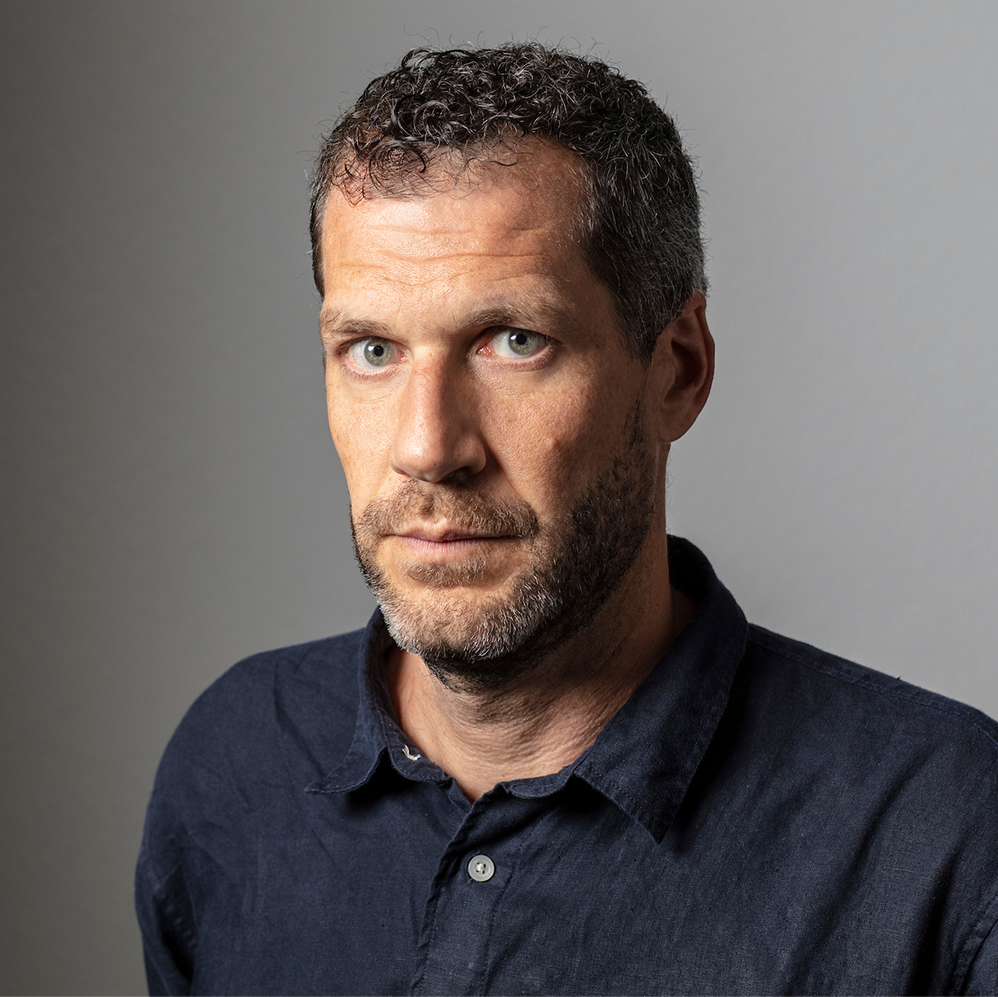




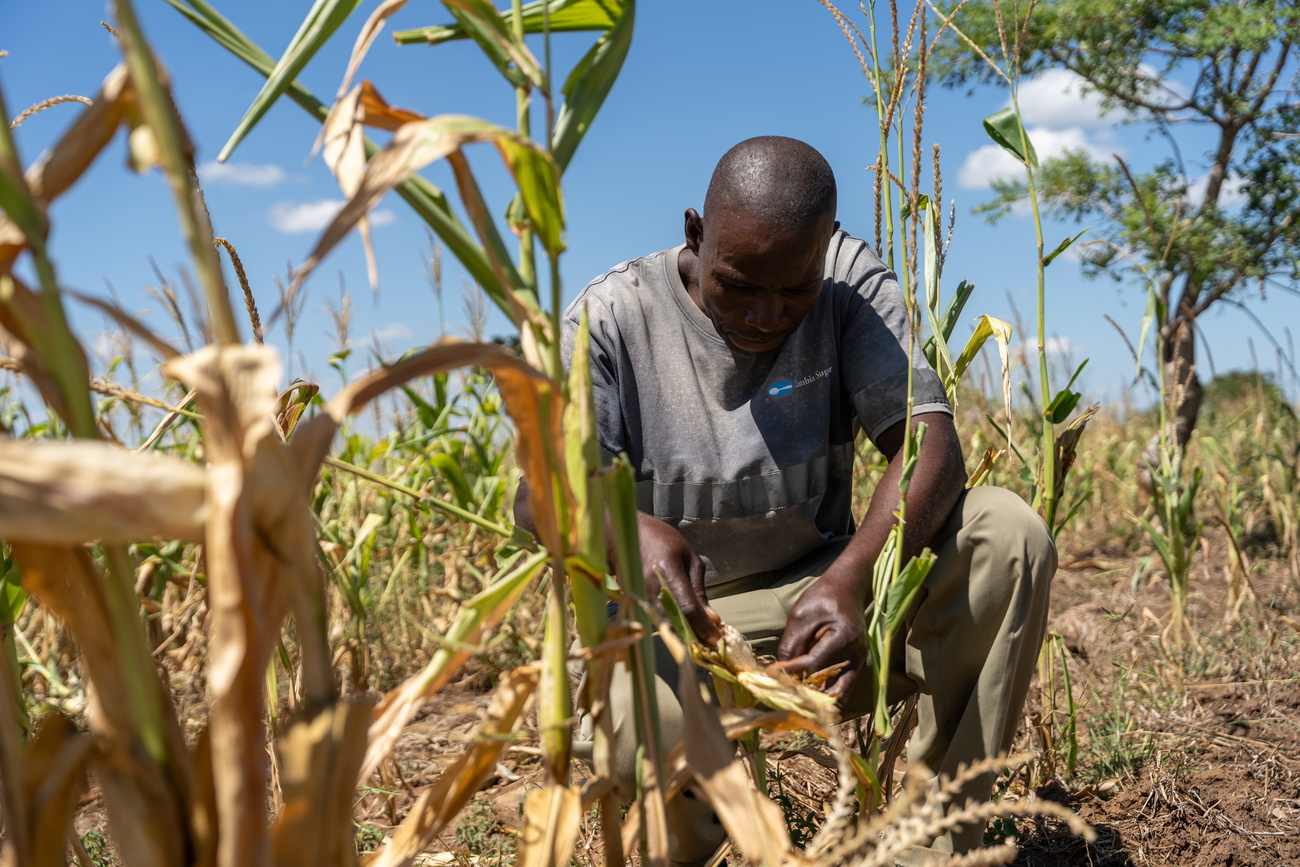



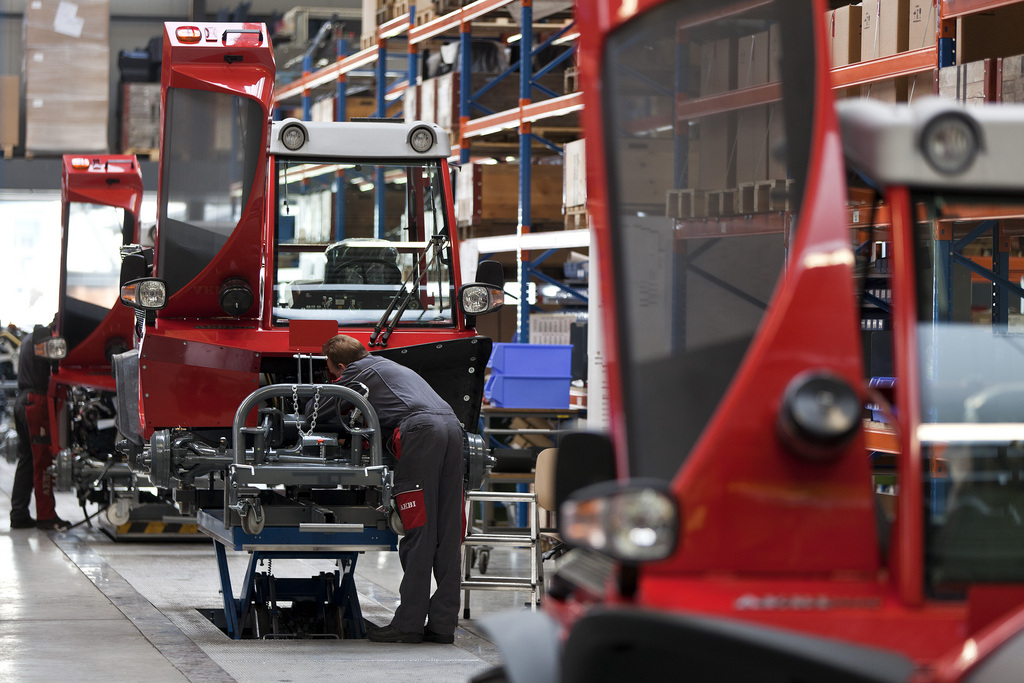

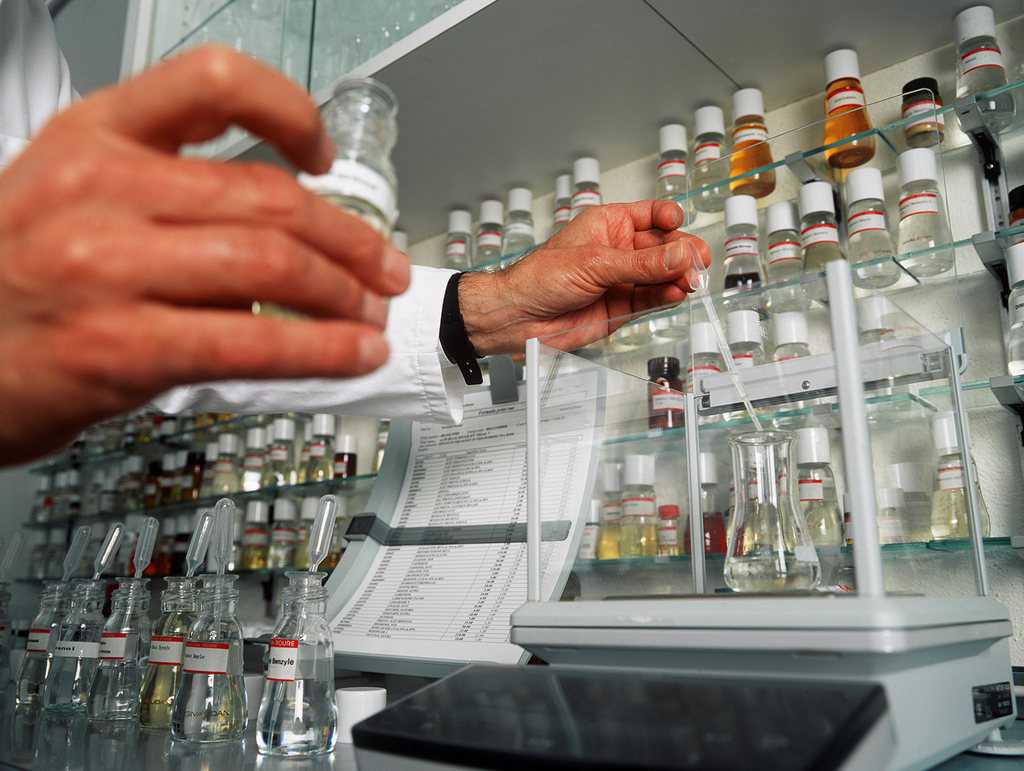
You can find an overview of ongoing debates with our journalists here . Please join us!
If you want to start a conversation about a topic raised in this article or want to report factual errors, email us at english@swissinfo.ch.